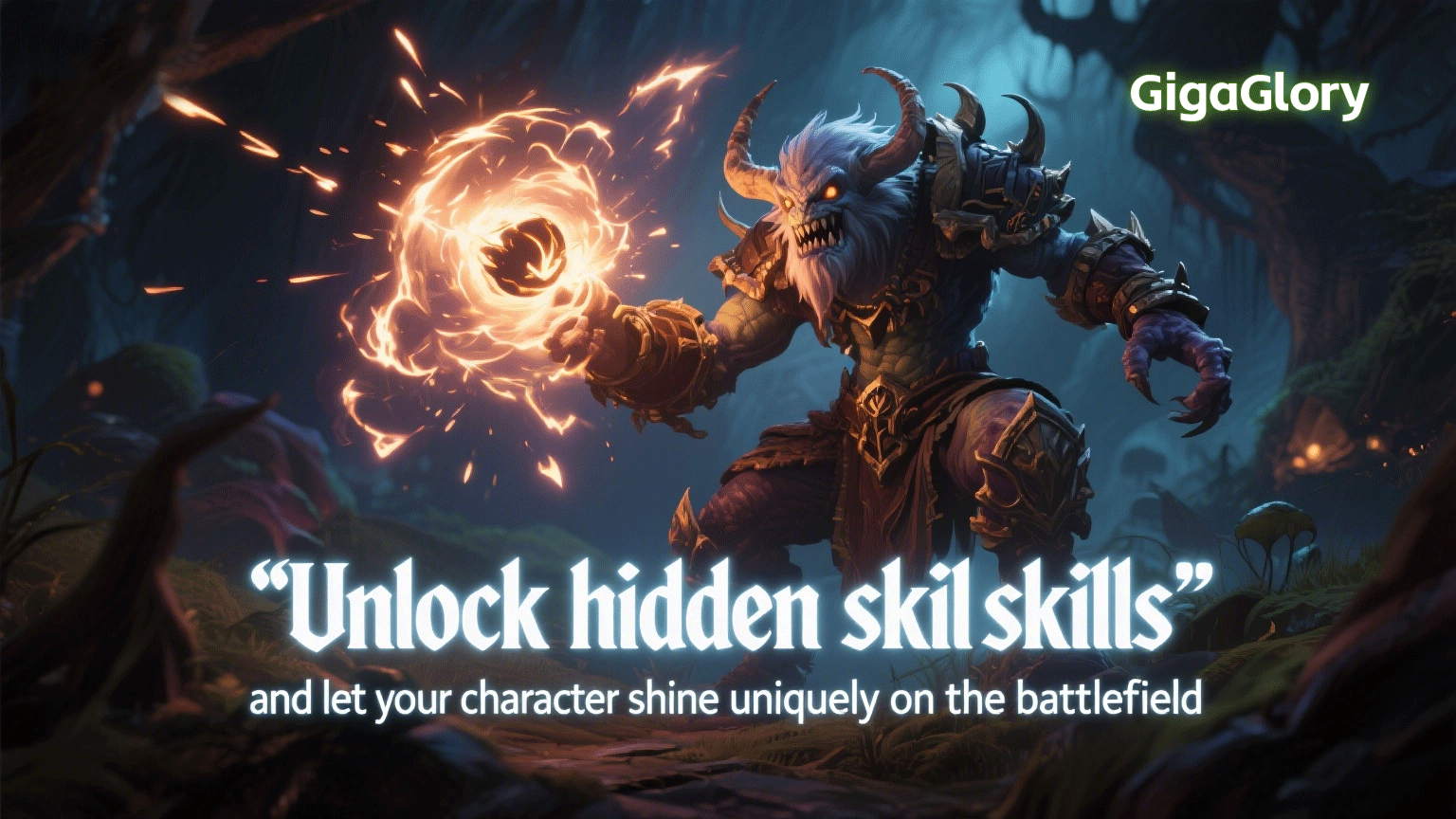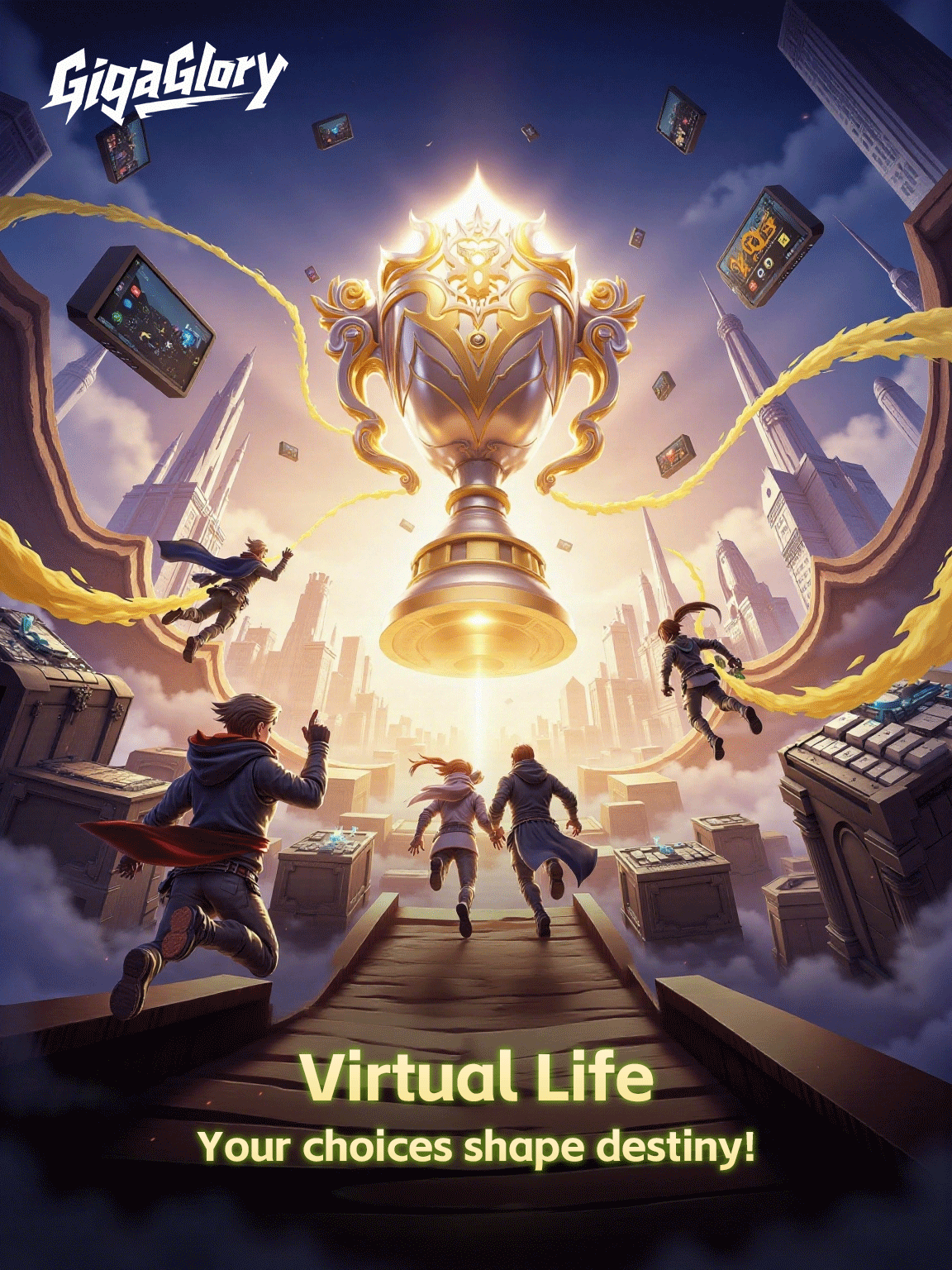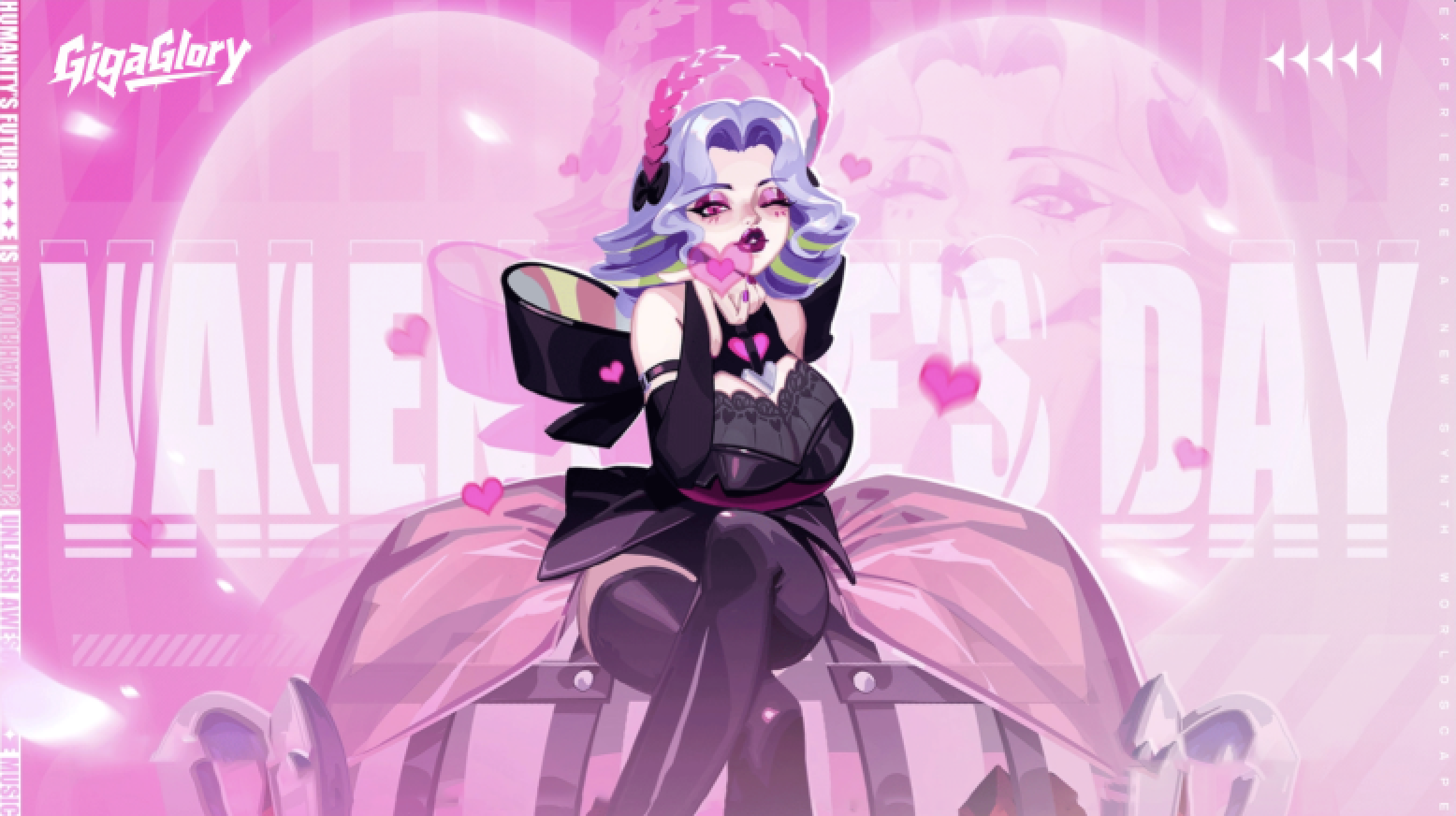Why Idle Games Are Revolutionizing the HTML5 Gaming Experience Today
In the ever-evolving world of video games, idle games have emerged as a unique phenomenon, particularly within the realm of HTML5 games. They cater to a variety of players, offering a different kind of engagement and interaction. This article delves into the reasons why idle games are not just a passing trend, but are shaping the future of online gaming. We'll explore popular titles, analyze their mechanics, and look into the implications for developers and players alike.
The Rise of Idle Games in HTML5
Idle games, also known as incremental games, allow players to make progress without continuous interaction. This hands-off approach has captured the attention of many. Let's summarize the key features that make these games appealing:
- Accessibility: Players can enjoy these games on any device with a web browser.
- Low commitment: Ideal for casual gamers who want to play without the pressure of constant engagement.
- Progression: Games often reward players with incremental boosts that keep them coming back.
Why HTML5 is the Perfect Platform for Idle Games
HTML5 technology has transformed the gaming landscape, significantly benefiting idle games in various ways:
- Cross-platform compatibility: Players can seamlessly switch between devices.
- Easy updates: Developers can frequently roll out new content without requiring downloads.
- Rich media support: HTML5 can handle graphics, animations, and sound without the need for plugins.
Popular Idle Games in the Current Market
Let's take a moment to highlight some of the most popular idle games that have successfully capitalized on HTML5 technology:
| Game Title | Developer | Release Year |
|---|---|---|
| Adventure Capitalist | Pik Pok | 2014 |
| Cookie Clicker | Doughnut Games | 2013 |
| Idle Miner Tycoon | Kolibri Games | 2016 |
Gamer Engagement: Understanding the Appeal
The very nature of idle games creates a different form of engagement. Players are often drawn in by the idea of progression without constant effort. Here are some reasons why:
- Rewarding experience: Players receive constant rewards, creating a sense of achievement.
- Community interaction: Many idle games have social features, allowing players to share achievements.
- Time investment: They fit well into busy lifestyles, where players can check in and out as time allows.
Match Frame and Crash Premiere: What They Mean for the Genre
For developers, understanding terms like "match frame" and "crash premiere" can be crucial. These terms refer to specific aspects of user experience and gameplay:
- Match frame: This involves synchronizing game elements to create smoother visuals.
- Crash premiere: Developers seek to ensure the game doesn't crash at critical moments to maintain user interest.
The Role of RPG Elements in Idle Games
Interestingly, many idle games incorporate RPG elements, merging both genres for more engaged gameplay. Here are some benefits:
- Character progression: Players can develop characters through levels and skills.
- Immersive worlds: RPG settings provide rich narratives, making idle gameplay more captivating.
Conclusion: The Future of Idle Games in HTML5
Idle games are more than just a trend; they represent a significant evolution in the gaming landscape. The blend of HTML5 technology with innovative game mechanics is paving the way for a new era of gaming. The accessibility, low barriers to entry, and engaging gameplay make idle games attractive to both casual gamers and more serious players. As technology progresses, we can anticipate even more exciting developments within the genre.
FAQs
What makes idle games different from traditional games?
Idle games focus on minimal interaction and allow players to progress even when not actively playing, whereas traditional games typically require continuous engagement.
Are idle games suitable for all ages?
Yes, many idle games are designed to be accessible and family-friendly, making them suitable for players of various ages.
How do developers monetize idle games?
Monetization strategies include in-game purchases, ads, and premium upgrades.



